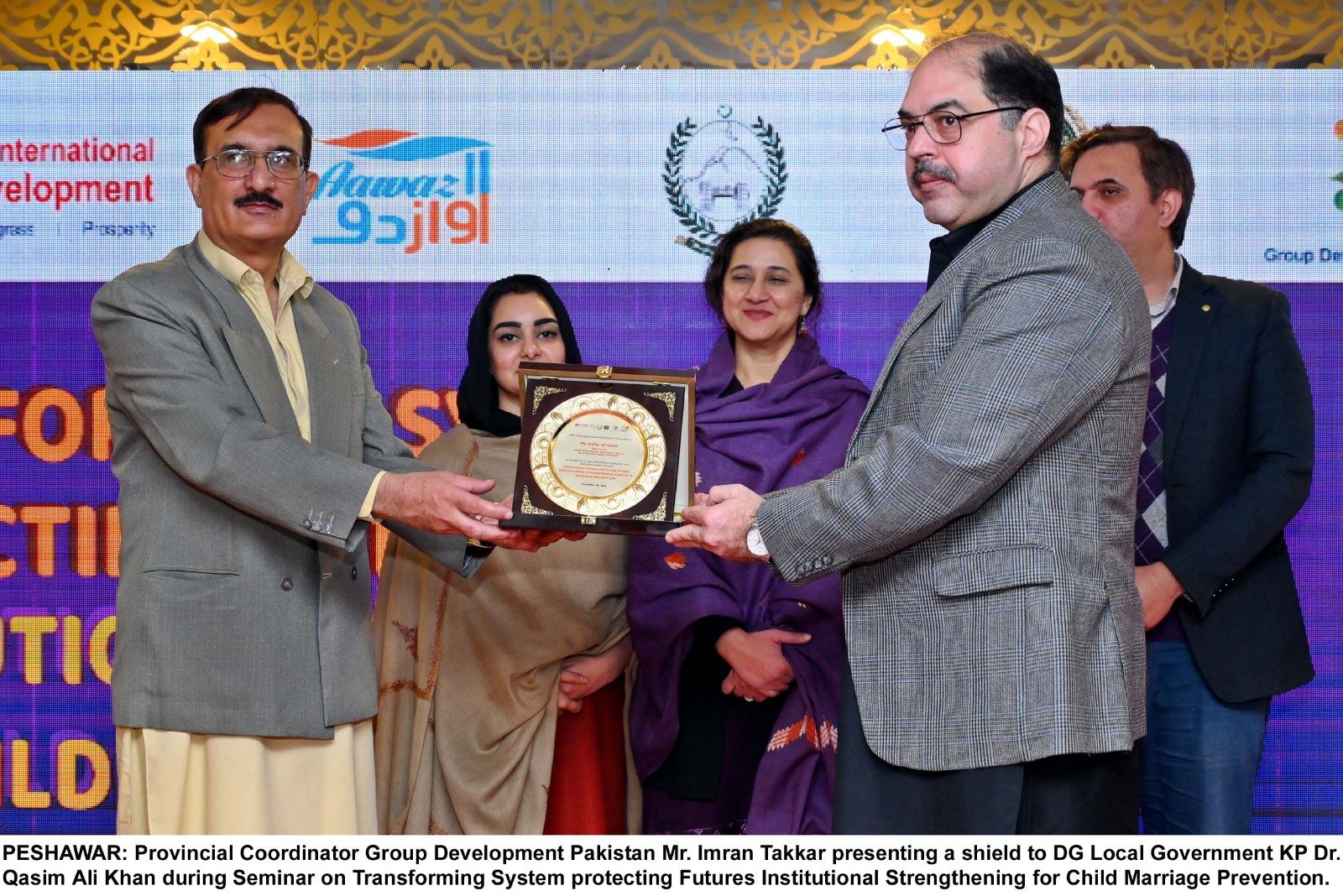
By Muhammad Anwar-ul- Haq
Phil. Scholar in Zoology
Department of Biological & Environmental Sciences
Emersion University Multan
In the field of medical science, the world has achieved a lot, to overcome the various problems of fatal diseases across the globe. No doubt, now the life of man is more comfortable than before. But technology creates an environmental challenge for the life of animate on this planet. In this story we discuss only the impact of environmental factors on the life of beneficial insect honeybees. Natural honey is the product of honeybees. Honey is the vital energy boosting viscous substance, which is medically used for the treatment of many diseases and honey-based nanocarriers are frequently used in medical industries. The impact of environmental factors on honeycomb production is crucial due to global warming. On earth many beneficial insects are existing but one of the most beneficial for human is the honeybees. They help in pollination mechanism for the robust growth and development of plant body. The honeybees collect various pollens from various plants and ultimately it is converted into source of production of honey. Pure honey is the nutritive supplement of food and contribute its good share in global market. However, the global warming situation across the world creates the troublesome for the survival of honeybees. Honeybees are facing numerous challenges due to environmental factors such as climate change, copious use of pesticides in agriculture and destruction of habitat. Honeybees (Apis mellifera) are essential pollinators and producers of honey, a valuable food and medicinal product. Honeycomb production is a complex process that involves the collection of nectar, pollen, and water by honeybees, and the transformation of these resources into honey and beeswax. Environmental factors, such as climate change, pesticides, and habitat loss, can significantly impact honeycomb production and bee health. A comprehensive overview of the impact of environmental factors on honeycomb production is variable but the climate change is a major environmental factor that could directly impact honeycomb production. Rising temperatures with the passage of time in the current scenario is the challenging factor which is also the reason of changing precipitation patterns that could affect the availability of nectar and pollen, ultimately the quality and quantity of honey is very effected, Various key aspects are essential for the strength of life of honeybees. The important one is availability of nectar and pollens plants in the surroundings near the hives of the honeybees. Another one, changes in temperature and precipitation patterns could alter the timing and duration of flowering stages, ultimately this is the cause of reduction of availability of juicy nectar and pollen, which are the attractive parts of plant for honeybees’ visits. The drastic change in climate could also impact the quality and quantity of honey production by main agents i.e honeybees. Warmer temperatures could lead to the production of honey with higher water contents, which could affect on the quality and shelf life. Increased frequency of extreme weather events in the environment could lead to colony losses and reduction of bee populations. Notwithstanding, the climate change is one of the most significant environmental factors which are affecting honeycomb production. Pesticides are another major environmental factor that could impact directly on the honeycomb production. The abundant use of different chemicals is naturally the cause of contamination of the nectar and pollen. The loss of flowering of plants in the environment directly effects on the health and survival of honeybees. Moreover, the pesticides could also have sub-lethal effects on honeybees because its impact directly influence on the behavior, physiology, and immune systems. The pollutants develop due to over use of pesticides are directly cause of reduction of the population of honeybees which ultimately effects on their ability to produce honey and beeswax. Habitat loss is another environmental factor that could influence on the framework of honeycomb production. The loss of natural habitats, such as meadows and forests, could reduce the availability of nectar and pollen for honeybees. Habitat loss could reduce the diversity and abundance of flowering plants, making it difficult for honeybees to find the resources they need to produce honey and beeswax. Moreover, habitat loss can also impact bee diversity, reducing the number of species and individuals that can pollinate plants and produce honey. Other environmental factors that could impact honeycomb production is the air pollution reducing their ability to produce honey and beeswax. Water pollution can impact the quality and availability of water for honeybees, affecting their health and survival of life. Diseases and parasites can impact the health and survival of honeybees, reducing their ability to produce honey and beeswax. The impact of environmental factors on honeycomb production is not just an environmental issue; it’s also an economic and social issue. Many people around the world professionally depend on beekeeping and honey production to maintain their livelihoods. The influence of environmental factors on honeycomb production led to the significant loss of economic and social consequences. Now reduction of plentiful use of pesticides is the need of time. Moreover, a suitable promotion of sustainability of agriculture practices by using integrated pest management techniques, planting pollinator-friendly crops. The farmers, feel their duty to reduce the over use of chemical pesticides. Conservation of natural habitats and promote biodiversity is the prime importance to create the friendly environment for animate on this biosphere. Protection and restoration of natural habitats is the duty of government, such as meadows and forests and promoting sustainable land-use practices to maintain the ecosystem in a better way. From above respective account it is concluded that deterioration of environmental factors directly or indirectly effects on honeycomb production and it is a critical issue. it requires immediate attention to produce friendly environment for the beneficial insects including honeybees. The public sector organizations must be attentive and to take action for the reduction of pollution in the environment. Actually, promotion of sustainable agriculture practices is key parameters to protect the health and well-being of honeybees. Understanding the impact of these factors, which is essential for developing strategies to mitigate their effects and promote sustainable beekeeping practices.
Recommendations
There are some proactive recommendations for the protection and healthy life of honeybees. By adopting the various serious concerns to create friendly habitat, then the production of honey is increased and then will fulfil the demand of the population. Frequently use of pesticides in agricultural practices must be reduced. Control the pollution of urban areas to ultimately minimize their impact on honeybees and other pollinators. Moreover, the restoration and conservation of natural habitats is very essential for the friendly habitat of honeybees and others pollinators, such as meadows and forests to provide a diverse range of flowering plants for honeybees. Now it is the responsibility of wildlife department to promote sustainable beekeeping practices, such as integrated pest management and pollinator-friendly farming. These such types of practices are responsible to reduce the impact of environmental factors on honeycomb production. Fourthly, regularly monitor policy is adopted and assess the impact of environmental factors on daily basis, then the production of honeycomb and bee health is control in effective way and furthermore develop an effective strategy for mitigation and adaptation for the friendly environment.





